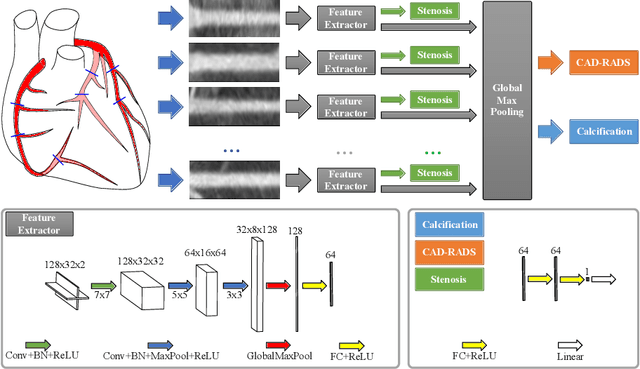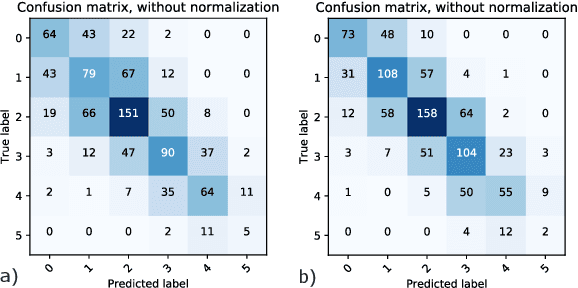Johannes Görich
HEDI: First-Time Clinical Application and Results of a Biomechanical Evaluation and Visualisation Tool for Incisional Hernia Repair
Jul 04, 2023Abstract:Abdominal wall defects often lead to pain, discomfort, and recurrence of incisional hernias, resulting in significant morbidity and repeated surgical repairs worldwide. Mesh repair for large hernias is usually based on the defect area with a fixed overlap, without considering biomechanical aspects such as muscle activation, intra-abdominal pressure, tissue elasticity, and abdominal wall distention. To address this issue, we present a biomechanical approach to incisional hernia repair that takes into account the unstable abdominal wall. Additionally, we introduce HEDI, a tool that uses dynamic computed tomography with Valsalva maneuver to automatically detect and assess hernia size, volume, and abdominal wall instability. Our first clinical application of HEDI in the preoperative evaluation of 31 patients shows significantly improved success rates compared to reported rates, with all patients remaining pain-free and showing no hernia recurrence after three years of follow-up.
CAD-RADS Scoring using Deep Learning and Task-Specific Centerline Labeling
Feb 08, 2022



Abstract:With coronary artery disease (CAD) persisting to be one of the leading causes of death worldwide, interest in supporting physicians with algorithms to speed up and improve diagnosis is high. In clinical practice, the severeness of CAD is often assessed with a coronary CT angiography (CCTA) scan and manually graded with the CAD-Reporting and Data System (CAD-RADS) score. The clinical questions this score assesses are whether patients have CAD or not (rule-out) and whether they have severe CAD or not (hold-out). In this work, we reach new state-of-the-art performance for automatic CAD-RADS scoring. We propose using severity-based label encoding, test time augmentation (TTA) and model ensembling for a task-specific deep learning architecture. Furthermore, we introduce a novel task- and model-specific, heuristic coronary segment labeling, which subdivides coronary trees into consistent parts across patients. It is fast, robust, and easy to implement. We were able to raise the previously reported area under the receiver operating characteristic curve (AUC) from 0.914 to 0.942 in the rule-out and from 0.921 to 0.950 in the hold-out task respectively.
Automatic CAD-RADS Scoring Using Deep Learning
Oct 05, 2020



Abstract:Coronary CT angiography (CCTA) has established its role as a non-invasive modality for the diagnosis of coronary artery disease (CAD). The CAD-Reporting and Data System (CAD-RADS) has been developed to standardize communication and aid in decision making based on CCTA findings. The CAD-RADS score is determined by manual assessment of all coronary vessels and the grading of lesions within the coronary artery tree. We propose a bottom-up approach for fully-automated prediction of this score using deep-learning operating on a segment-wise representation of the coronary arteries. The method relies solely on a prior fully-automated centerline extraction and segment labeling and predicts the segment-wise stenosis degree and the overall calcification grade as auxiliary tasks in a multi-task learning setup. We evaluate our approach on a data collection consisting of 2,867 patients. On the task of identifying patients with a CAD-RADS score indicating the need for further invasive investigation our approach reaches an area under curve (AUC) of 0.923 and an AUC of 0.914 for determining whether the patient suffers from CAD. This level of performance enables our approach to be used in a fully-automated screening setup or to assist diagnostic CCTA reading, especially due to its neural architecture design -- which allows comprehensive predictions.
 Add to Chrome
Add to Chrome Add to Firefox
Add to Firefox Add to Edge
Add to Edge